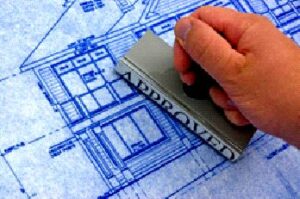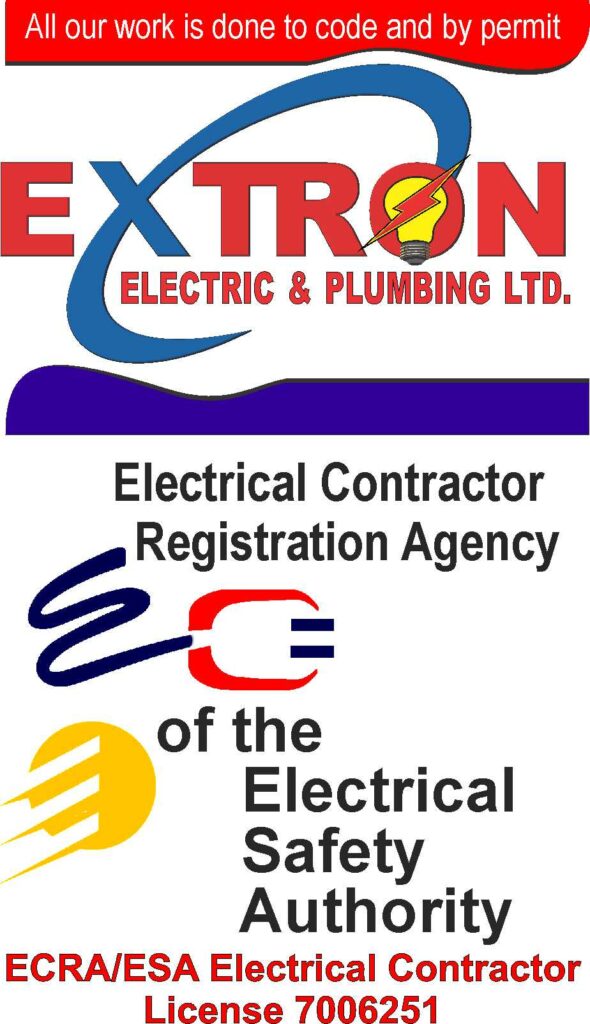Permits and inspections
Planning a renovation or home project? Updating the kitchen or bathroom? Adding new lighting? All electrical installations, repairs, replacements or alterations in Ontario need to be done in compliance with the Ontario electrical safety code, and all necessary notifications (“permits”) must be taken out. This creates a permanent record of the work and triggers a review process by esa.
If your project involves new electrical wiring or devices, or repairing, replacing or altering old ones, you need to know your obligations under Ontario law.
Most electrical work requires a permit from the electrical safety authority. An electrical “permit” (called a notification of work, or notification) needs to be filed before or within 48 hours of when the electrical work starts.
Notifications must be taken out by the party who is doing the work. If you hire, it’s the law in ontario that they must be a licensed electrical contractor and they must take out the notification.
Electrical notifications are not the same as a building permit. If you have a building permit, it doesn’t mean you have an electrical notification.
To confirm permit requirements and to get your permit, call 1-877-esa-safe (372-7233). The fee for an electrical permit varies according to the type of work being done.
The inspection and/or review process by an esa inspector may vary depending on the project. An installation may require an inspection at multiple stages if it’s complicated. And if the work isn’t done in compliance with the code, the inspector will issue a defect notice which outlines what corrections must be made.
What are the different types of residential inspections?
- Trench – an inspection of underground wiring.
- Service/connection – an inspection of wiring to meter, inspection of main disconnect means (e.g. fuses or breakers) and inspection of grounding to service
- Rough-in – takes place when all branch circuit wiring and outlet boxes are installed and prior to any wiring being concealed by insulation, vapour barrier, drywall, etc.
- Final – the final inspection shall be requested as soon as possible after completion of the electrical installation.
What is a rough-in inspection?
A rough-in inspection takes place when all branch circuit wiring and outlet boxes are installed and prior to any wiring being concealed by insulation, vapour barrier, drywall, etc. As a minimum for the rough-in inspection the following shall be completed:
- All cables shall be installed, strapped and supported as required.
- All required outlet boxes shall be installed and securely fastened.
- all cables shall have their outer jacket removed and be terminated in outlet boxes where an outlet box will be required for the wiring device, luminaire, or equipment.
- all bonding connections shall be completed at all outlet boxes including provision of a bonding conductor for final connection where required to a wiring device, luminaire, or equipment.
- any joints or splices in the wiring at outlet boxes shall be completed.
- protection plates against nails/screws to be installed where required.
- no wiring shall be concealed by installation of insulation or floor, wall, and ceiling materials until authorized by an inspector.
What is a final inspection and when does it take place?
 A final inspection is done after the electrical installation is complete. This means that all receptacles, switches, cover plates, lighting fixtures and permanently connected appliances are in place and the panel directory has been completed. All unused openings in panel boards or junction and outlet boxes shall be filled with suitable fillers.
A final inspection is done after the electrical installation is complete. This means that all receptacles, switches, cover plates, lighting fixtures and permanently connected appliances are in place and the panel directory has been completed. All unused openings in panel boards or junction and outlet boxes shall be filled with suitable fillers.
Where an appliance that is to be permanently connected is not yet on site, the cable shall be terminated in a junction box complete with a blank cover and the ends of the conductors shall be insulated with wire connectors or tape. Where permanent light fixtures are not yet on site, install temporary light fixtures or a blank cover on lighting outlet boxes.
Request the final inspection as soon as possible after completion of the electrical installation.
Once the inspection is complete, whoever took out the permit receives an esa certificate of inspection to confirm the electrical work is in compliance with the ontario electrical safety code. If your contractor took out the permit, request a copy of the certificate for your records. You can also call 1-877-esa-safe (372-7233) for a copy.
A licensed electrical contractor is required to display their esa/ecra licence number. Ask to see it.
There are many important reasons to obtain the required electrical permits and inspections for your building project.
Make sure it’s safe
When you get a electrical permit you get assurance that the construction will produce a safe environment for yourself and your family and/or your business clients. By following code guidelines, your completed project will meet minimum standards of safety and will be less likely to cause injury, health or environmental issues.
Protect your property value
Your home or business is one of the biggest investments you will ever make. Should you decide to sell your home, work done without a electrical permit will reduce your home’s value. When you build to the building code, the value of your investment is protected into the future.
Save money
Working with a electrical permit saves you money in the long run. Construction started without a electrical permit will result in a doubling of the electrical permit fee . You may even have to dismantle work already completed and reconstruct it to code, adding considerable time and cost to your project. Nobody wants that.
A electrical permit helps you avoid:
A “work without permit” penalty. This is typically double the original permit fee.
Possibly having to redo work or do more than you had originally planned and budgeted for.
Future legal or financial issues, such as impacts on selling your property or making an insurance claim.
Note: as the homeowner, you are responsible for paying fees or penalties yourself even if you have hired a contractor who assured you that permits were not needed.